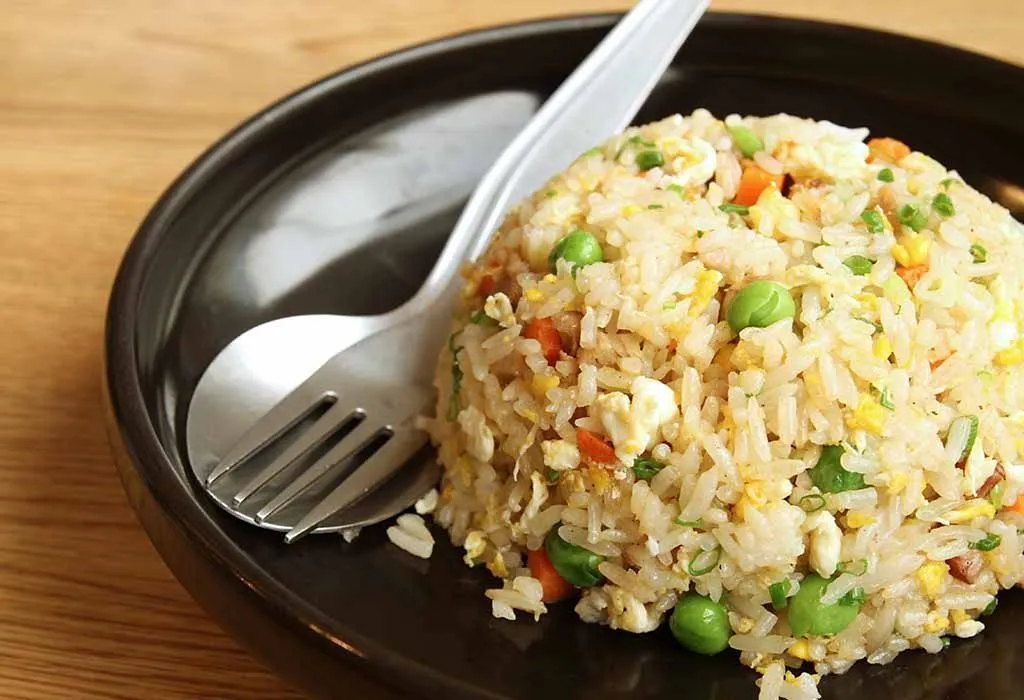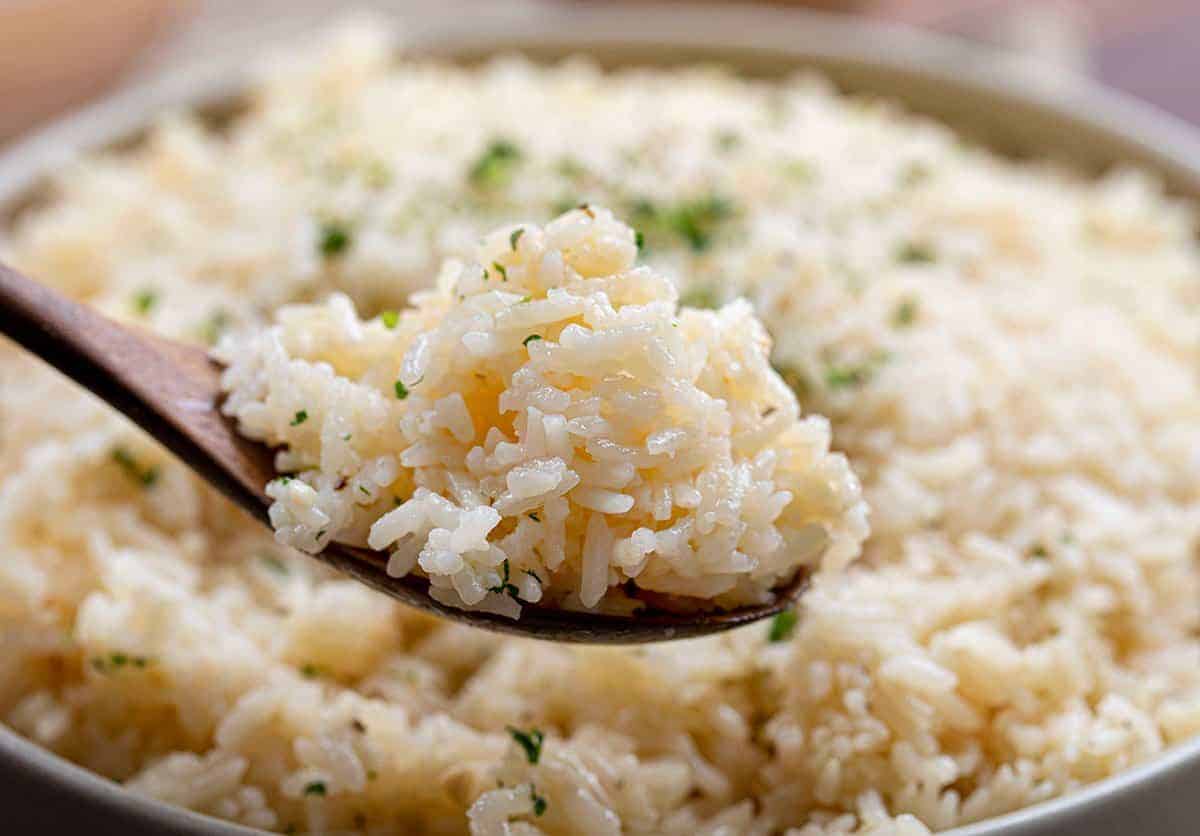Mastering the Art of Biryani: An Ultimate Biryani Rice Recipe Guide
Written By James Morgan
Experiencing the culinary delight of a perfectly cooked biryani is like embarking on an aromatic journey through spices, textures, and flavors. This biryani rice recipe brings to life a symphony of tastes, creating a dish that's beloved worldwide. Whether you are a seasoned cook or a novice in the kitchen, our comprehensive guide will equip you with all the essentials to master this traditional favorite, ensuring your creation is as authentic and delicious as the heritage it represents.
:max_bytes(150000):strip_icc()/bowl-of-sticky-jasmine-rice-87113371-582ddfc55f9b58d5b17ea2df.jpg)
The History and Allure of Biryani
Biryani, a majestic and aromatic dish, traces its origins to the royal kitchens of the Indian subcontinent. This dish is not just a feast for the taste buds but a historical experience. Its name is derived from the Persian words 'birinj,' meaning rice, and 'biryan,' meaning fried or roasted. The migration of Persian culture into India birthed what we now know as biryani, merging the vibrant spices of India with the sophisticated techniques of Persian culinary artistry. Over the centuries, this dish has evolved, reflecting regional preferences and cultural influences with every iteration.

Ingredients: The Building Blocks of a Perfect Biryani
Essential Ingredients
- 2 cups Basmati rice
- 500 grams chicken, mutton, or vegetables (as per preference)
- 2 large onions, thinly sliced
- 2 tomatoes, chopped
- 1 cup yogurt
- 3 tablespoons ginger-garlic paste
- 1 tablespoon biryani masala powder
- 1 teaspoon turmeric powder
- 2 teaspoons red chili powder
- 4 tablespoons ghee or oil
- 6-8 saffron strands soaked in 1/4 cup warm milk
- Salt to taste
For Garnish
- Fresh coriander leaves, chopped
- Mint leaves, chopped
- Fried onions
- Lemon wedges

Preparation Steps
Perfecting this biryani rice recipe requires patience and attention to detail. Follow our comprehensive steps to achieve that perfection:
Step 1: Marinating the Protein
Begin by thoroughly marinating your choice of proteinbe it chicken, mutton, or a vegetarian option like paneer or tofu. Combine the protein with yogurt, ginger-garlic paste, biryani masala, turmeric, and red chili powder in a large mixing bowl. Make sure each piece is well-coated. Cover and let it marinate for at least an hour, allowing the spices to infuse deeply.
Find a high-quality knife set.Step 2: Preparing the Rice
In a rice cooker, rinse the Basmati rice under cold water until the water runs clear. This step is crucial as it removes excess starch, ensuring that the cooked rice is fluffy and separate. After rinsing, soak the rice in water for 30 minutes, then drain completely. Learn more on how to cook grits in a rice cooker.
Step 3: Cooking the Base
In a large pot or Dutch oven, heat ghee or oil over medium heat. Add sliced onions and saut until they are golden brown and caramelized. Remove half of the onions for garnishing. Add the chopped tomatoes to the pot and cook until they turn soft and mushy. Stir in the marinated protein and cook on medium heat, allowing it to absorb the flavors and become tender. Check out how to cook pancakes in a rice cooker.
Step 4: Layering the Biryani
Spread half of the partially cooked Basmati rice over the protein and masala mixture in the pot. Sprinkle chopped coriander and mint leaves over the rice, followed by the fried onions. Pour the saffron-infused milk evenly over this layer. Repeat with the remaining rice, herbs, and onions. This layering technique is essential to achieve the distinct textures and flavors associated with traditional biryani.
Buy a quality cutting board.Step 5: Dum Cooking
Cover the pot with a tight-fitting lid or seal the edges with dough to trap the steam inside. Cook the biryani on low heat for 20-25 minutes, allowing the steam to penetrate and cook the rice and protein fully. This 'dum' method is crucial for achieving perfectly cooked, aromatic biryani. After turning off the heat, let the biryani rest for 10-15 minutes before serving.

Serving Your Biryani
Gently fluff the biryani with a fork to separate the grains of rice. Serve hot, garnished with fresh coriander, mint leaves, and a squeeze of lemon. Biryani pairs wonderfully with raita (a yogurt-based side dish), mixed salad, and pickles. The rich aroma and complex flavors will undoubtedly leave a lasting impression on anyone who tastes it.
Tips and Tricks for the Perfect Biryani
The Rice
Use high-quality aged Basmati rice for the best results. Soaking the rice before cooking significantly improves its texture. Additionally, avoid overcooking the rice during initial boiling; it should be about 70% cooked. Learn more about using a rice cooker effectively here.
The Protein
Ensure the marination process is given adequate time for the spices to be absorbed deeply. The meat should be tender but not falling apart; similarly, vegetables should be cooked yet firm to bite.
The Spices
Authentic biryani is all about the blend of spices. Using fresh, high-quality spices can elevate the dish substantially. It's often worth making your own biryani masala blend at home for the freshest flavor. For more on spice blends, see this review.
Avoiding Soggy Biryani
Soggy biryani is often a result of too much moisture. Be cautious with the amount of water used during cooking and ensure adequate steaming by sealing the pot tightly during the 'dum' stage.
Enhancing Aroma and Flavor
Saffron-soaked milk adds richness and an aromatic touch that is quintessential for traditional biryani. Adding a few drops of rose water or kewra (screwpine) water during the final stages of cooking can also enhance the biryani's fragrance.
Serving Suggestions
Biryani is best enjoyed fresh and hot. Use a wide, flat spoon to serve so each scoop contains a mix of the spiced rice and protein. Avoid mixing the entire biryani vigorously; instead, gently layer servings onto plates to maintain texture and visual appeal.
As an Amazon Associate, I earn from qualifying purchases.



